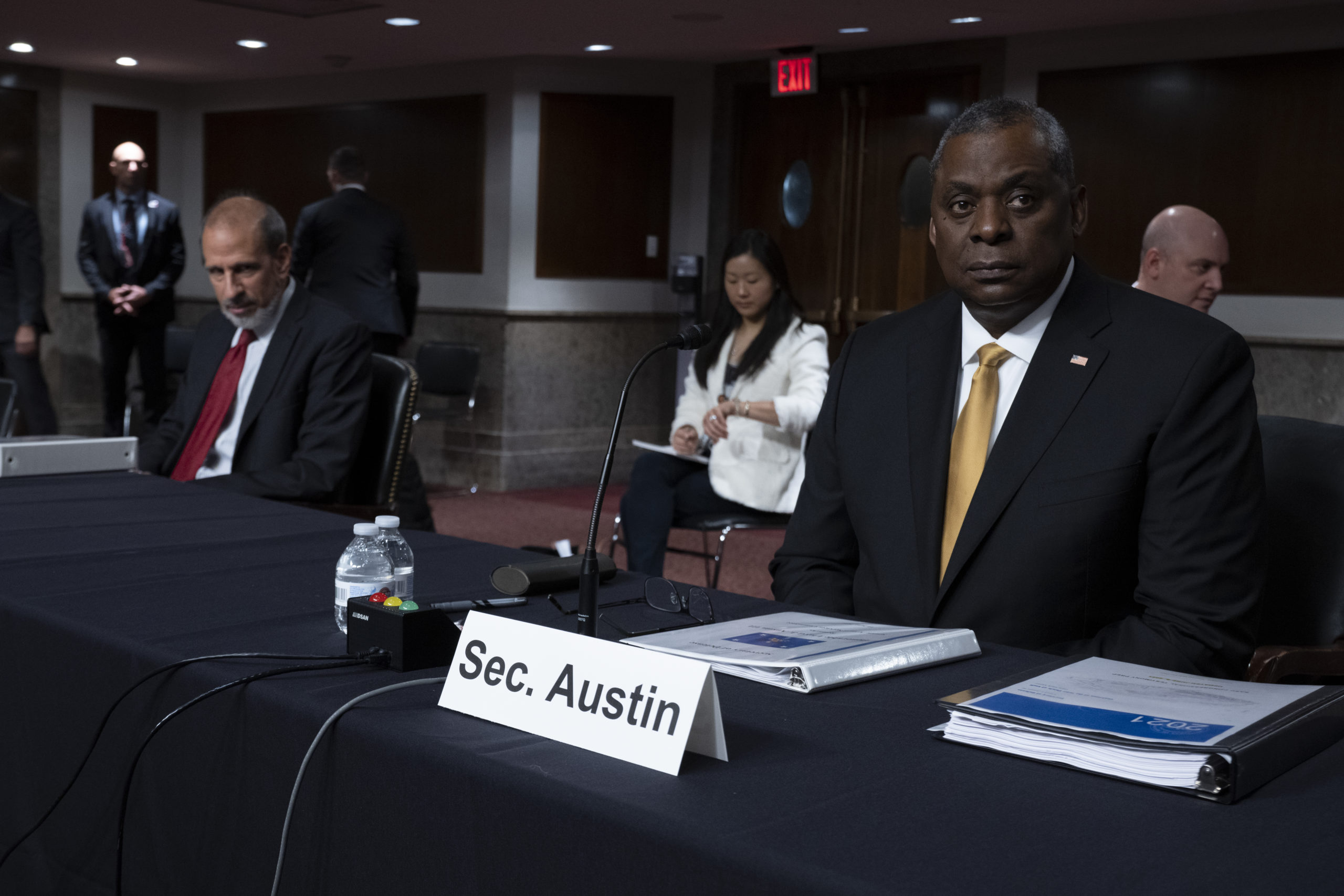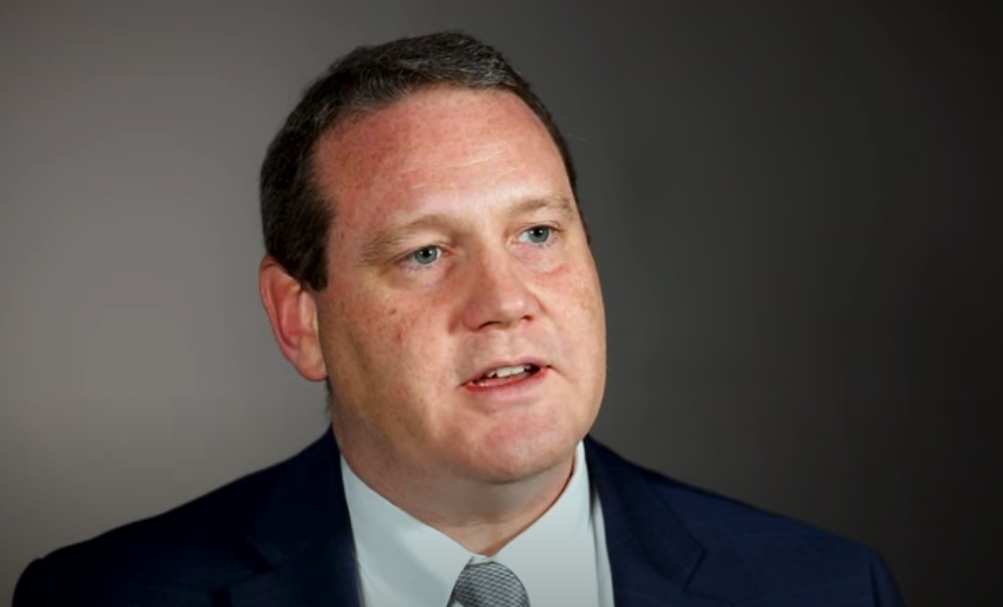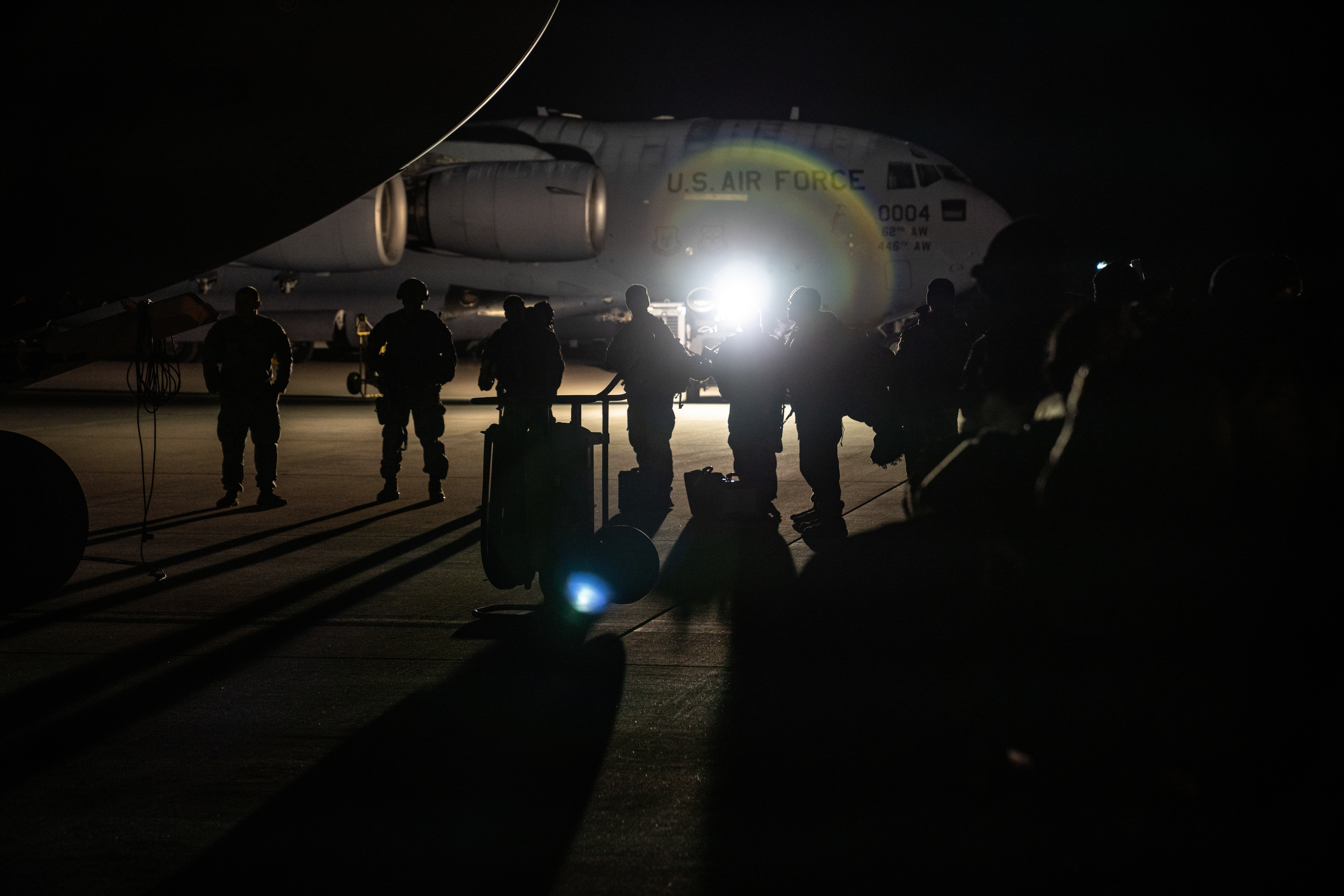Secretary of Defense Lloyd J. Austin III has nominated media magnate and former New York mayor Michael R. Bloomberg to be the chair of the Defense Innovation Board.
Pentagon Press Secretary John F. Kirby announced that Bloomberg would lead the volunteer civilian advisory board during Kirby’s public briefing Feb. 9. At the same time, he announced that Austin had approved the DIB and several other boards for “resumption of operations.”
Board members must be approved for security clearances.
Kirby said Austin selected Bloomberg “to leverage his experience and strategic insights on innovation, business, and public service.” Bloomberg “brings a wealth of experience in technology, innovation, business, and government,” and his leadership will help ensure the department “has access to the best and brightest minds in science, technology, and innovation through the team of diverse experts he will lead as the chair of the board,” Kirby said.
University of Colorado Boulder scholar-in-residence and aerospace industry adviser Mark Sirangelo had succeeded past Google CEO Eric Schmidt as the DIB’s chair in 2020.
Shortly after Austin’s confirmation as Defense Secretary in January 2021, he halted the work of more than 40 civilian advisory boards and their subcommittees, including the DIB, for a “zero-based review” of the boards’ usefulness. He ended the terms of what the DOD describes as “several hundred” civilian subject-matter experts in doing so—all those within the Secretary’s purview.
The Defense Department has not announced any changes from the review. Austin has since approved the resumption of 36 boards for reinstatement, including the following eight boards announced on Feb. 9:
- Defense Innovation Board
- National Security Education Board
- National Security Agency Emerging Technologies Panel; the Advisory Board for the National Reconnaissance Office
- Army Education Advisory Committee
- Education for Seapower Advisory Board
- Board of Visitors for the Western Hemisphere Institute for Security Cooperation
- Strategic Environmental Research and Development Program Scientific Advisory Board
- Board of Regents, Uniformed Services University of the Health Sciences








